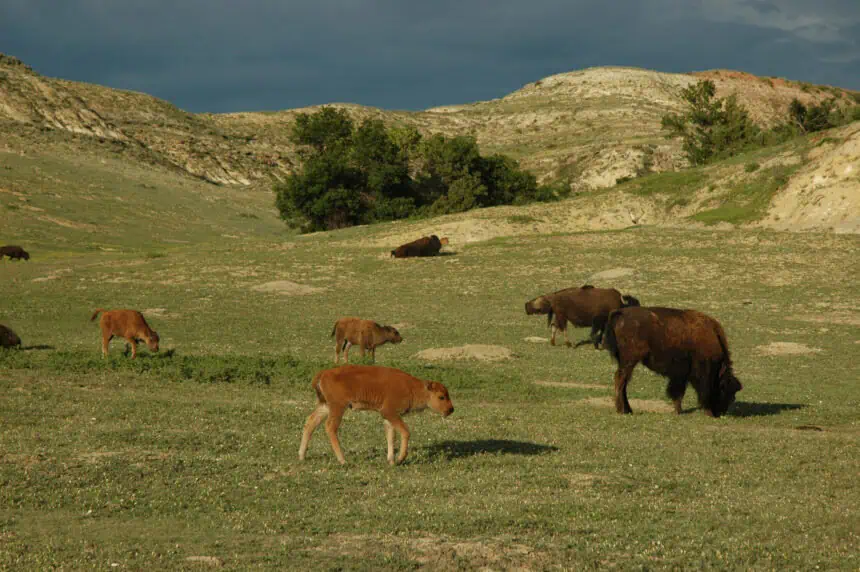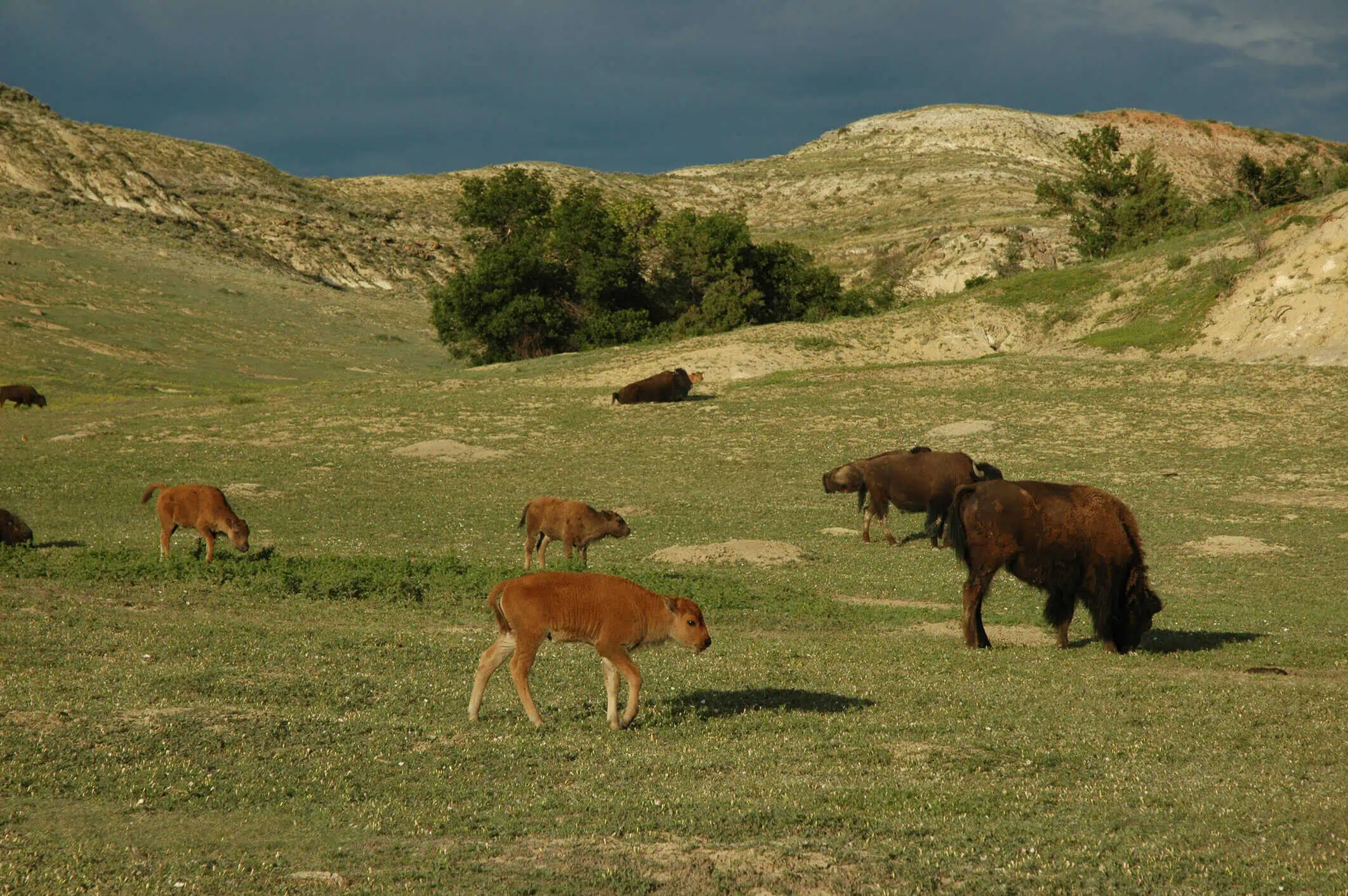Strong to severe thunderstorms are building rapidly across Central and Eastern South Dakota, pushing eastward and threatening Southwestern and Western Minnesota later today. According to NOAA’s Storm Prediction Center (SPC), this evolving system may bring damaging wind gusts and large hail, especially during the afternoon and evening hours.
Slight to enhanced risk across Minnesota
The SPC has upgraded its severe weather outlook, placing much of Western Minnesota under a Level 2 of 5 (“slight risk”), while a narrow band of counties bordering South Dakota has been elevated to a Level 3 of 5 (“enhanced risk”). Meanwhile, the Twin Cities remain in a Level 1 marginal risk, as forecast models suggest that storms may weaken by the time they reach Eastern Minnesota near sunset.
Dakotas storms could form dangerous MCS
The atmospheric setup over the eastern Dakotas this morning favors the development of a Mesoscale Convective System (MCS)—a complex of thunderstorms capable of producing widespread severe winds. If this system matures as expected, it could sweep into Southwestern Minnesota by late afternoon, bringing with it wind gusts in excess of 60 mph (97 km/h) and the potential for hailstones larger than 1 inch (2.5 cm).
Forecast models in close agreement
The HRRR model, known for its high-resolution short-term accuracy, shows multiple clusters of strong to severe storms developing over the Dakotas. One cluster is expected to track into Southwestern Minnesota, while another veers southward through Southeast South Dakota, into Nebraska and Iowa.
A radar simulation from 11:00 a.m. to midnight indicates that the more intense wind threat may actually target Nebraska and Iowa, based on gust swath projections showing significant wind potential in those regions.
Similarly, the NAM 3km model depicts a broader wind damage area across South Dakota and Nebraska, while suggesting Minnesota might avoid the most severe impacts.
Twin Cities likely to see weaker storms
According to the National Weather Service in the Twin Cities, today’s event will likely feature multiple thunderstorm clusters developing across the Dakotas, with one or more moving into Western Minnesota. The key concern remains damaging straight-line winds, but hail could also accompany these storms if they maintain a multi-cell structure.
Should the system consolidate into a bowing segment, the hail threat would diminish, while the risk for widespread wind damage would increase significantly.
Stay weather aware today if you’re in Southwestern Minnesota, especially during the late afternoon and early evening hours, as conditions could deteriorate rapidly depending on how this convective system evolves.











